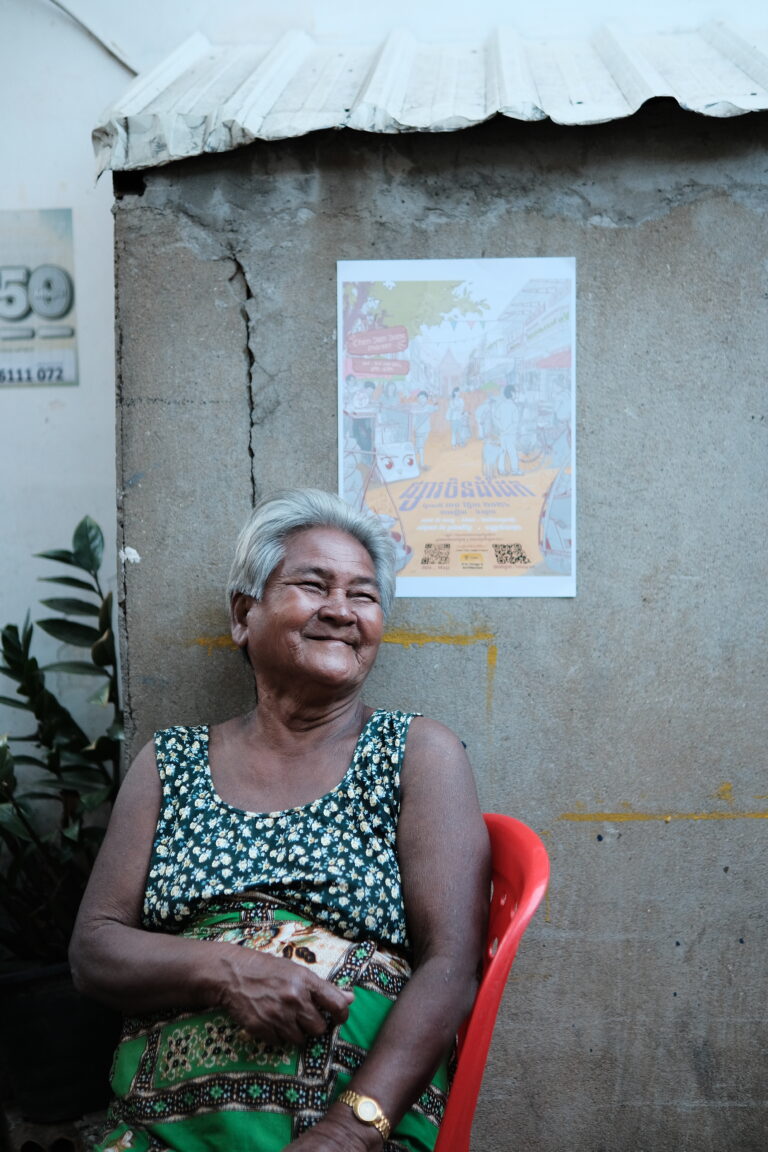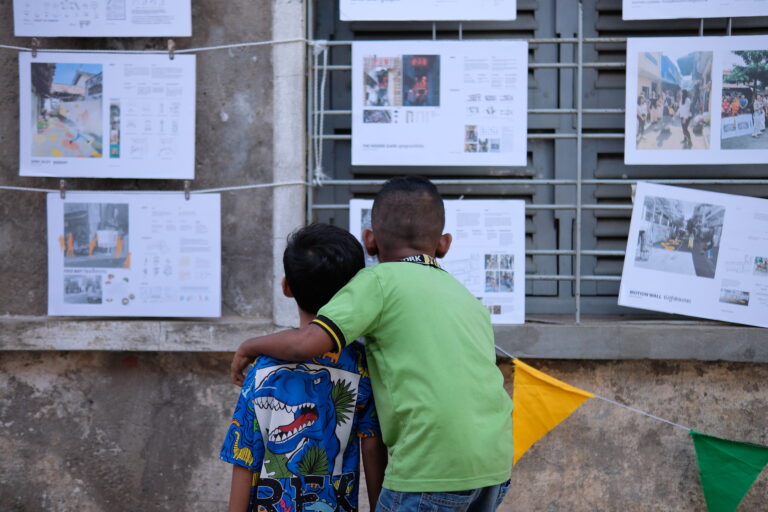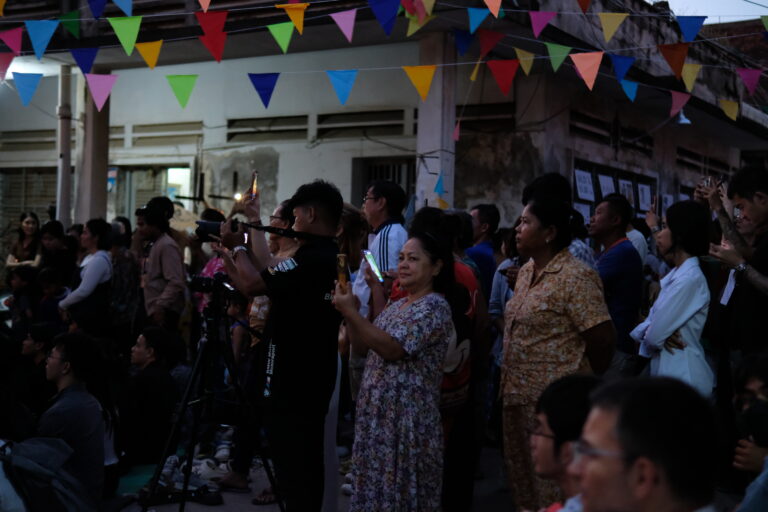Events and festivals play an important role in
supporting economic growth, changing perceptions, and fostering social and
cultural regeneration (Richards, 2017). They are often used as key components
of placemaking programs to create opportunities for connecting places with
people (Son et al., 2021). While the traditional focus of urban planning was on
designing buildings and infrastructure to attract life, the current placemaking
approach emphasizes adapting spaces to meet people’s needs, focusing on social
realities (Cilliers & Timmermans, 2014).
Nestled between Preah Sisowath Quay and France Street, at the southern end of the Chroy Chonva Bridge, lies one of the city’s most interesting sites: the Chen Dam Daek community. This intriguing area is home to a tri-religious site—a former Cantonese temple, a Catholic church, and a Buddhist pagoda. The Cantonese temple was built in 1930s that served five Chinese communities (Teochew, Cantonese, Hainanese, Hakka, and Hokien) and the catholic church or formerly known as Providence church was built in 1910 that also served as an orphanage. The community has undergone drastic changes since the fall of the Khmer Rouge. Only the Buddhist pagoda remains operational until today whilst the other two religious buildings are all abandoned and occupied.
Chen Dam Daek Market Event
The Southeast Asia Neighbourhood Network (SEANNET) initiated the event with the aim of empowering the community to thrive. The initiative encourages residents to reclaim their community’s space and transform it into a close-knit neighborhood. The Market Event brought the community to life, attracting a flood of diverse visitors. From small food stalls serving local delicacies to vibrant performances of Khmer traditional dance, the event was bursting with energy.
Thanks to the initiative’s intervention, the community has been revitalized, with vivid, animated graffiti transforming blank walls into the most desirable Instagram backdrops. This event highlights how such gathering do more than boost community attractiveness – they shine a light on the hidden heritage buildings, connect the past with the contemporary.
“Even though the area has completely changed its function, and the shells of the Cantonese temple and Catholic church have lost their religious significance, the locals have kept the place alive and welcoming”
said Sokagna Hun, event co-organizer.
Check out their Facebook page for more information:
References
Cilliers, E. J., & Timmermans, W. (2014). The importance of creative participatory planning in the Public Place-Making process. Environment and Planning B Planning and Design, 41(3), 413–429. https://doi.org/10.1068/b39098
Richards, Greg & de Brito, Marisa. (2017). Events and placemaking. International Journal of Event and Festival Management. 8.
Son, I. S., Krolikowski, C., Rentschler, R., & Huang, S. (2021). Utilizing events for placemaking of precincts and main streets: current state and critical success factors. Event Management, 26(2), 223–235. https://doi.org/10.3727/152599521×16106577965044
Carter, A. K., Klassen, S., Stark, M. T., Polkinghorne, M., Heng, P., Evans, D., & Chhay, R. (2021). The evolution of agro-urbanism: A case study from Angkor, Cambodia. Journal of Anthropological Archaeology, 63, 101323.











